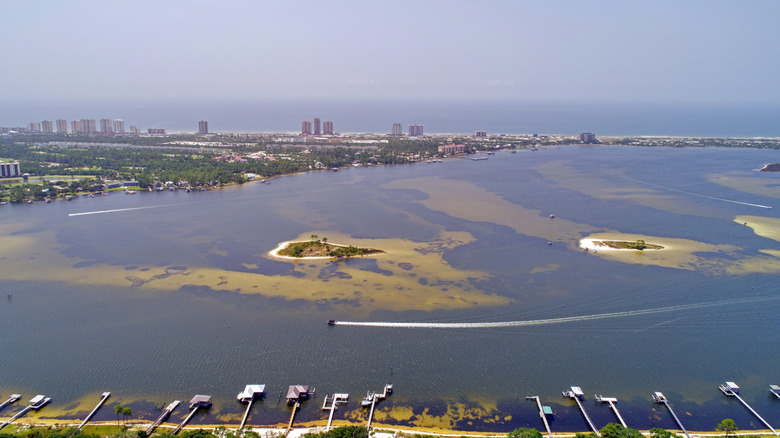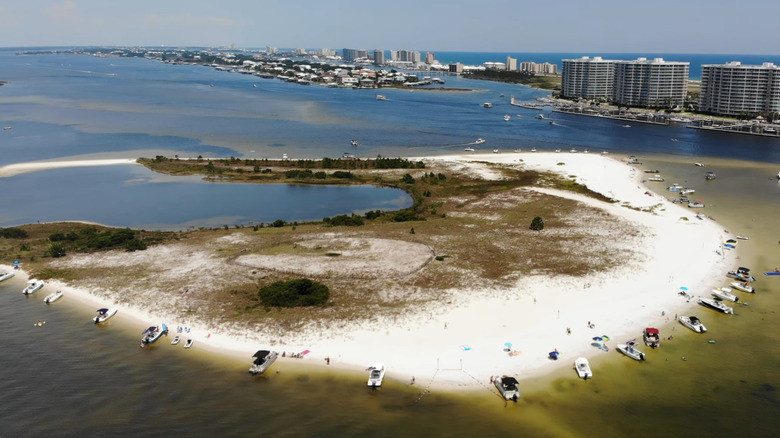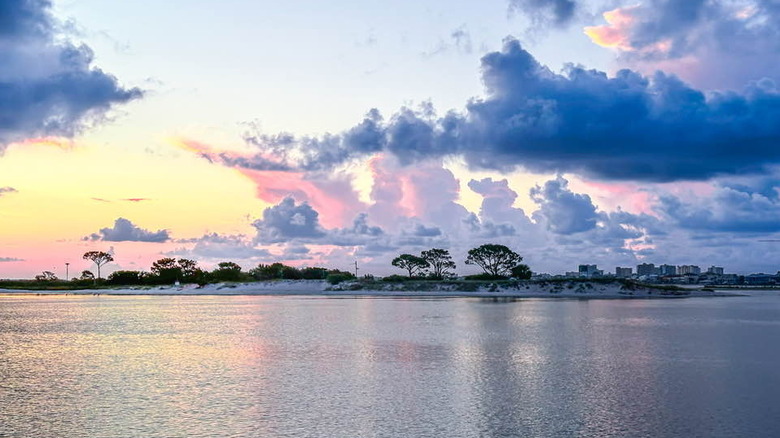Alabama's Newly Restored Barrier Islands Are A Quiet Slice Of Coastline With Pristine Sands And Calm Waters
Just offshore from Orange Beach, Alabama's sugar-sand vacation destination, the Lower Perdido barrier islands boast pristine white sands, calm emerald waters, and Gulf wildlife. However, these undeveloped islands have long faced threats from erosion, human activity, and environmental disturbances. Now, after a multi-million dollar restoration effort, they've been brought back to life.
The Bird, Robinson, and Walker islands are a critical part of Alabama's coastal system. They provide roosting areas for millions of birds, shelter for marine life, and natural protection for inland communities during storms. These islands also serve as a destination for beachgoers. About 8 million tourists visit annually, with more than 500 boats docked along the shorelines at any given time. Over the years, foot traffic, erosion, and the Deepwater Horizon oil spill have degraded the islands' dunes, marshes, and seagrass beds.
With aid from local governments, the Nature Conservancy, the National Marine Fisheries Service, and other partners, a $12.8 million restoration project of the area was completed in September 2025. Using local sediment, crews created and restored 30 acres of marsh, dune, upland, and subtidal habitats across Walker and Robinson Islands. They also planted native grasses and transplanted seagrass beds. The work will preserve the islands as a refuge for wildlife, a buffer against powerful storms, and a peaceful escape for people to experience the islands' natural beauty.
Explore the Lower Perdido Islands' sandy beaches and wildlife
Located about 10 miles east of Gulf Shores, one of Alabama's coastal escapes with a pretty state park, visitors can explore parts of the restored Lower Perdido Islands. Although Walker Island is closed to the public, the Robinson and Bird islands remain open to boaters and tourists. There are designated beach and shoreline zones that are open for recreation; plus, rope barriers and signage around different areas remind guests to stay respectful of nesting spaces and native plants.
The islands support a wide variety of wildlife. While boating, swimming, or relaxing onshore, visitors might spot woodcocks moving through the marshes and pelicans soaring overhead. Those visiting Robinson Island might also see wading herons and terns nesting. The surrounding protected waters serve as nurseries for marine life such as shrimp, crabs, and sea trout. In addition to being ideal for snorkeling and swimming, the calm waters also play an important ecological role. They slow the waves and help protect surrounding coastal communities from storm surges.
How to reach the Lower Perdido Islands
You can reach the Lower Perdido Islands via the Gulf Shores International Airport, located about 20 minutes away by car. For travelers seeking more frequent flights or airline options, Pensacola International Airport is a better choice. From there, it takes just under an hour to drive to Orange Beach, where you'll find boat launch sites to the islands.
Although the Bird and Robinson islands are close to each other, it is not possible to reach them by road or on foot. The only way to access them is by boat, kayak, or paddleboard. For travelers who do not have their own gear, several businesses in Orange Beach offer rentals. Additionally, there are boat and sail tours that leave from Orange Beach to the Lower Perdido Islands. Some of these tours will also take passengers to Perdido Key, Florida's unsung panhandle paradise, which is only 12.5 miles away from Robinson Island.


